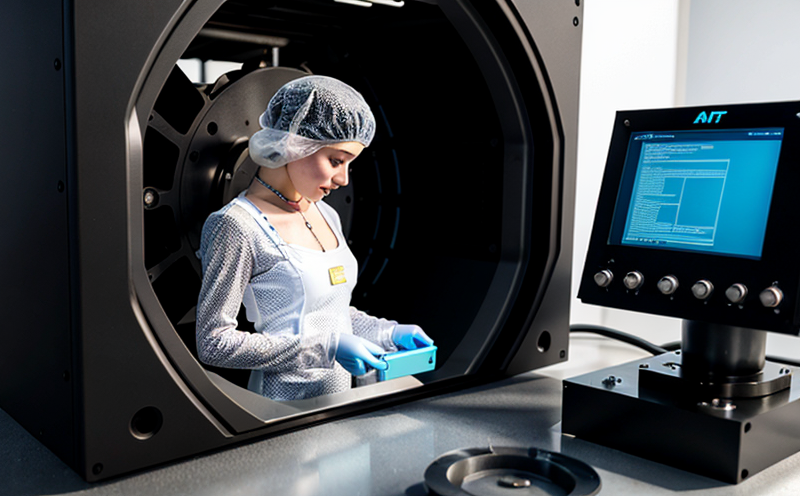ISO 17296-2 Process Categories and General Principles for AM Validation
The ISO 17296-2 standard outlines critical process categories that are essential for the validation of additive manufacturing (AM) processes. This document is particularly important as it helps ensure consistency, quality, and reliability in the production of parts through AM technologies. The primary focus is on powder bed fusion (PBF), which includes laser powder bed fusion (LPBF). This standard sets out a robust framework that guides organizations towards achieving compliance with international standards for AM process validation.
The standard describes several key aspects, such as the selection of raw materials and their properties, process parameters, and quality assurance measures. For instance, it mandates rigorous testing protocols to verify that the final products meet specified mechanical performance criteria under various loading conditions. This ensures that manufacturers can produce parts with consistent and predictable mechanical behaviors.
One critical aspect is the definition of acceptance criteria for AM processes based on the intended use case. For example, if an AM component will be used in aerospace applications requiring extreme durability, the acceptance criteria must reflect this by specifying stringent material properties like tensile strength or fatigue resistance. Similarly, for medical devices where biocompatibility and sterilization are paramount, appropriate testing methods would need to address these specific requirements.
The standard also emphasizes the importance of traceability throughout the entire manufacturing process. This includes detailed records of all raw materials used, processing conditions applied during each layer deposition step, and final inspection results. Traceability helps manufacturers maintain accountability for product quality while facilitating troubleshooting when issues arise.
Another important point highlighted in ISO 17296-2 is the need to consider the variability inherent within AM processes. Variations can occur due to differences between batches of raw materials, variations in laser settings or power levels during scanning, and other factors that may affect final part quality. The standard recommends implementing statistical process control techniques to monitor these variables continuously and make adjustments as necessary to maintain consistent output.
For those involved in developing new AM processes or validating existing ones, understanding the nuances of ISO 17296-2 can provide valuable insights into best practices for ensuring high-quality outputs. It serves not only as a guideline but also as a tool for continuous improvement within additive manufacturing industries.
| Application Area | Description |
|---|---|
| Aerospace & Defense | Manufacturing lightweight yet strong components. |
| Medical Device Manufacturing | Producing customized implants and prosthetics. |
| Automotive Industry | Creating intricate engine parts and tooling. |
| Consumer Electronics | Bulk production of small electronic components. |
Applied Standards
The ISO 17296-2 standard closely aligns with other international standards such as ASTM F42, which provides additional guidance on specific testing methods for AM materials and processes. By leveraging these complementary resources alongside ISO 17296-2, organizations can build comprehensive validation programs tailored to their unique needs.
Additionally, the European standard EN 376 also offers valuable insights into safety requirements for medical devices produced via AM technologies. Together with ISO 17296-2, these standards form a robust foundation upon which manufacturers can develop robust validation procedures that meet both regulatory and market demands.
- ASTM F42: Guide for Additive Manufacturing in the Aerospace Industry
- EN 376: Specification for Medical Device Manufacturing Using AM Processes





